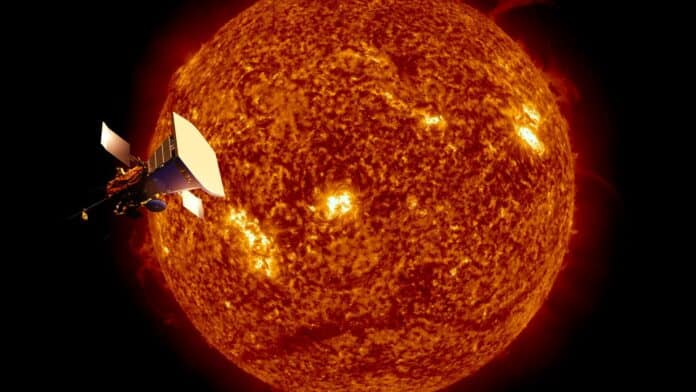On Sept. 6th, NASA’s Parker Solar Probe approached its 13th perihelion or made a close encounter with the Sun. It is now heading into a much different solar environment than ever before.
Since the Parker Solar Probe launch, the sin has changed a lot. When the Sun changes, it also changes the environment around it. The activity at this time is way higher than previously expected. And this high level of activity is likely to continue during the perihelion, just 5.3 million miles from the Sun.
Nour Raouafi, Parker Solar Probe project scientist at the Johns Hopkins Applied Physics Laboratory (APL) in Laurel, Maryland, said, “Nobody has ever flown through a solar event so close to the Sun. The data would be new, and we would learn a lot from it.”
The probe has not yet flown through a solar event; Parker’s Wide-field Imager for Solar Probe (WISPR) instrument has imaged a small number of CMEs from a distance, including five from its 10th perihelion in November 2021. These observations have already led to unexpected discoveries about the structure of CMEs.
While this perihelion promises to be exciting due to high solar activity, scientists look forward to future close encounters.
Raouafi said, “While the Sun was quiet, we did three years of great science. But our view of the solar wind and the corona will be totally different now, and we’re very curious to see what we’ll learn next.”
